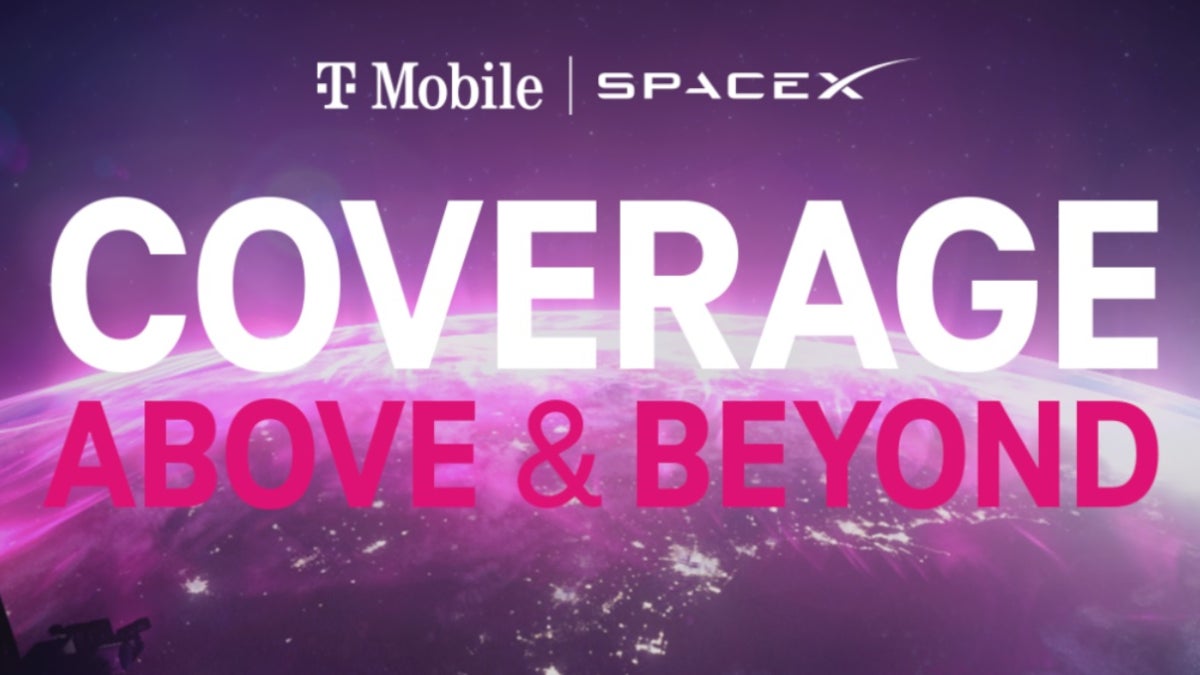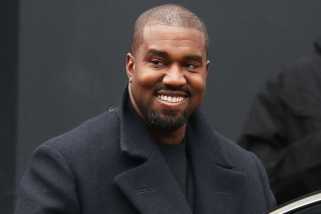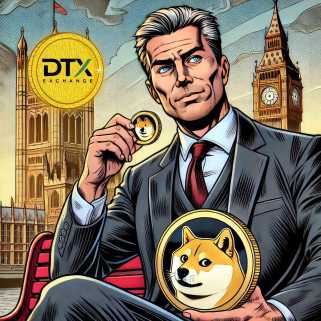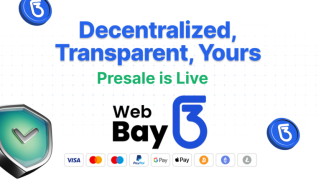
Using T-Mobile's network, SpaceX successfully sent text messages via Starlink satellites. It was just last week when Elon Musk's SpaceX launched the first six Starlink satellites equipped with direct-to-device, or D2D, capabilities. The FCC gave SpaceX the green light last month to test this technology.
T-Mobile のネットワークを使用して、SpaceX は Starlink 衛星経由でテキスト メッセージを送信することに成功しました。イーロン・マスク氏のSpaceXが、デバイス直接(D2D)機能を備えた最初の6基のStarlink衛星を打ち上げたのは、つい先週のことだった。 FCCは先月、SpaceXにこの技術のテストにゴーサインを出した。
D2D connects smartphones with satellites. Per CNBC, this past Monday, SpaceX said that it "sent and received our first text messages to and from unmodified cell phones on the ground to our new satellites in space." SpaceX stated that the test "validates" that "the system works." SpaceX hopes to start offering D2D text service this year and will eventually add features such as voice service, data service, and Internet of things services in 2025. Starlink internet service relies on 5,000 orbiting satellites covering 2.3 million customers globally.
D2D はスマートフォンと衛星を接続します。 CNBCによると、今週月曜日、SpaceXは「地上の未改造の携帯電話と宇宙の新しい衛星との間で最初のテキストメッセージを送受信した」と述べた。 SpaceXは、このテストは「システムが機能する」ことを「検証」すると述べた。 SpaceX は今年 D2D テキスト サービスの提供を開始し、最終的に 2025 年には音声サービス、データ サービス、モノのインターネット サービスなどの機能を追加したいと考えています。Starlink インターネット サービスは、世界中の 230 万人の顧客をカバーする 5,000 基の周回衛星に依存しています。
SpaceX says that "there is incredible demand and high interest" in allowing the Starlink satellite to add D2D capabilities. Besides T-Mobile, other wireless providers that are partners with SpaceX include Canada’s Rogers, Australia’s Optus, and Japan’s KDDI. Other partnerships have been developed between smartphone manufacturers, wireless providers, and satellite companies. A good example of this is the Apple-Globalstar team that offers Emergency SOS via Satellite on the iPhone 14 line and iPhone 15 series.
SpaceXは、Starlink衛星にD2D機能を追加することに対して「信じられないほどの需要と高い関心がある」と述べている。 T-Mobile のほかに、SpaceX のパートナーである無線プロバイダーには、カナダの Rogers、オーストラリアの Optus、日本の KDDI などがあります。他にも、スマートフォン メーカー、ワイヤレス プロバイダー、衛星会社の間でパートナーシップが構築されています。この良い例は、iPhone 14 シリーズと iPhone 15 シリーズで衛星経由で緊急 SOS を提供する Apple-Globalstar チームです。
One partnership that failed was the one between chipmaker Qualcomm and Iridium. Called Snapdragon Satellite, the service was supposed to be used on Android handsets to deliver emergency service via satellites. But not one Android phone manufacturer decided to add Snapdragon Satellite to their handsets and the partnership officially endedon December 3rd.
iPhone のシステムを使用すると、携帯電話サービスがカバーされていない地域で緊急事態に陥ったユーザーは、iPhone ユーザーのいる場所に救助を派遣する緊急対応者に衛星経由で緊急テキストを送信できます。この機能はすでに命を救っています。失敗したパートナーシップの 1 つは、チップメーカーの Qualcomm と Iridium の間のパートナーシップです。 Snapdragon Satellite と呼ばれるこのサービスは、Android 端末で衛星経由で緊急サービスを提供するために使用されることを想定していました。しかし、Android スマートフォン メーカーは 1 社も自社の携帯電話に Snapdragon Satellite を追加することを決定せず、パートナーシップは 12 月 3 日に正式に終了しました。
Earlier this month, when SpaceX launched the first Starlink satellites with D2D, T-Mobile President of Marketing, Strategy, and Products, Mike Katz, said, "Our mission is to be the best in the world at connecting customers to their world and today is another step forward in keeping our customers connected even in the most remote locations for added peace of mind when they need it most. Today's launch is a pivotal moment for this groundbreaking alliance with SpaceX and our global partners around the world, as we work to make dead zones a thing of the past."
今月初め、SpaceX が D2D を使用して最初の Starlink 衛星を打ち上げたとき、T-Mobile のマーケティング、戦略、製品担当社長であるマイク カッツ氏は次のように述べました。「私たちの使命は、顧客を世界と今日を結びつける点で世界一になることです」 「これは、お客様が最も必要なときに安心感をさらに高めるために、最も離れた場所にいてもお客様との接続を維持できるようにするための新たな一歩です。今日の打ち上げは、SpaceX および世界中のグローバル パートナーとのこの画期的な提携にとって極めて重要な瞬間です。デッドゾーンを過去のものにしましょう。」


 Optimisus
Optimisus Optimisus
Optimisus Optimisus
Optimisus Thecryptoupdates
Thecryptoupdates DogeHome
DogeHome The Crypto Times
The Crypto Times Coincu
Coincu Optimisus
Optimisus Coin_Gabbar
Coin_Gabbar






















